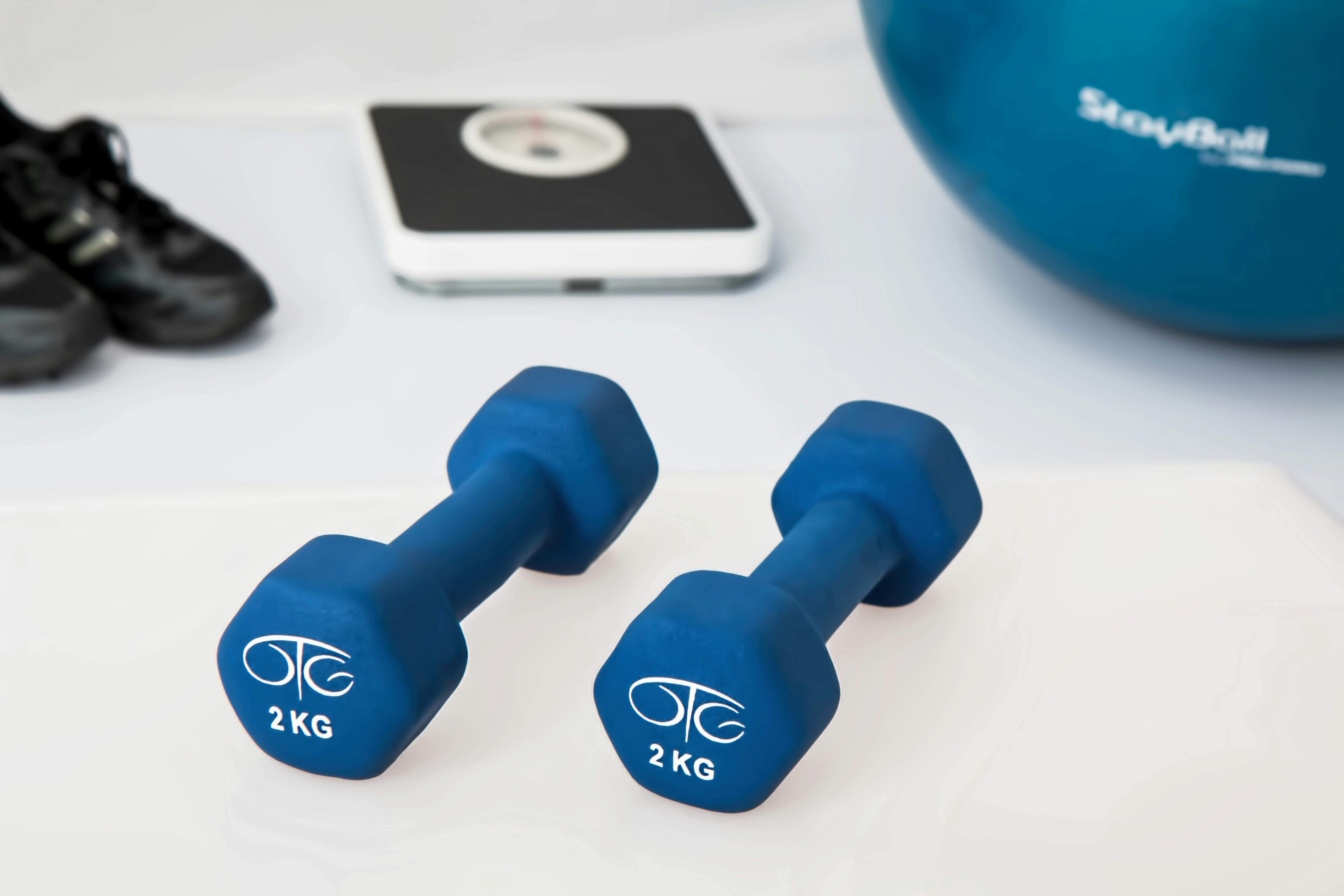Essential Guide to Creapure: 5 Effective Methods for Optimal Dosage in 2025
Creapure, a premium form of creatine monohydrate, is gaining popularity among athletes and fitness enthusiasts for its proven benefits in muscle growth, strength enhancement, and overall athletic performance. Understanding how to optimize your creatine dosage is crucial to harnessing its full potential. This guide explores effective methods for achieving the optimal dosage of Creapure in 2025, taking a look at its benefits for bodybuilding, endurance sports, and more.
As more individuals turn to creatine as a supplement for fitness goals, it becomes essential to understand the right intake levels and how to use it safely. In this guide, you will learn about the best practices for creatine dosing, including recommendations based on your fitness objectives, potential side effects, and how to incorporate it into your daily nutrition plan.
By the end of this article, you will know how much creatine to take, the science behind its effectiveness, and how to adjust your intake depending on various factors such as body weight and activity level. Let’s dive into the essential methods for optimal creatine dosage!
Understanding Creapure and Its Benefits
What is Creapure?
Creapure is a high-quality creatine monohydrate manufactured in Germany and is regarded as one of the purest forms of creatine available on the market. It’s free from impurities and additives, making it a preferred choice among athletes. The effectiveness of creatine, especially Creapure, lies in its ability to enhance ATP production, which is crucial for energy during high-intensity exercises.
Benefits of Creatine Supplementation
Supplementing with creatine can lead to a variety of benefits, particularly for athletes involved in strength-based sports. Increased muscle mass, improved recovery times, and enhanced performance during short bursts of high-intensity activities are some of the key advantages. Research indicates that athletes can achieve significant gains in muscle size and strength with consistent creatine supplementation.
How Creapure Enhances Athletic Performance
Creapure helps improve performance through several mechanisms, including boosting energy levels, accelerating muscle recovery, and increasing overall muscle output. Studies show that both resistance training and high-intensity interval training (HIIT) athletes see improved results with proper creatine use, making it an integral component of sports nutrition.
With a solid understanding of Creapure and its benefits, the next step is to determine the most effective dosing methods to maximize its advantages.
Five Effective Methods for Optimal Creapure Dosage
1. Calculating Your Daily Requirement
The optimal daily dosage of Creapure varies based on several factors, including body weight and fitness goals. On average, a daily intake of 3 to 5 grams is recommended for most individuals. However, athletes involved in intense training may benefit from a higher dosage—up to 10 grams—especially during the loading phase. It’s important to customize the intake based on individual needs.
2. Loading Phase Strategies
A loading phase is a method where you take a higher dose of creatine for the first 5-7 days to quickly saturate your muscle stores. Typically, this involves taking 20 grams per day, divided into four doses throughout the day. This approach can lead to quicker results but isn’t necessary for everyone, as skipping this phase and opting for a steady daily dose can still achieve similar long-term benefits.
3. Timing Your Intake
When it comes to when to take creatine, the timing can affect its effectiveness. Research suggests that taking creatine after workouts can lead to improved muscle recovery and growth. Combining it with a post-workout meal or shake that includes carbohydrates and protein can help enhance absorption. Additionally, some athletes prefer splitting their doses to maintain levels throughout the day.
4. Hydration Considerations
Hydration is key when supplementing with creatine, as it draws water into muscle cells. It’s advisable to increase your water intake when using creatine to prevent potential side effects such as dehydration or gastrointestinal discomfort. Maintaining adequate hydration supports optimal metabolic processes and performance, particularly during intense training sessions.
5. Listening to Your Body
Ultimately, the best approach to creatine dosage is listening to your body. Monitoring how you feel and adjusting your intake accordingly is essential. If you’re experiencing side effects or not seeing the desired results, it might be worth consulting a nutritionist or trainer for tailored advice. Individual responses to creatine can vary significantly based on genetic factors and lifestyle habits.
By implementing these five effective methods for optimal creapure dosage, you can maximize the benefits of this powerful supplement and enhance your performance in the gym and on the field. With a clearer understanding of how much creatine to take and when you can set yourself up for success.
Practical Tips for Incorporating Creatine Into Your Routine
Understanding Creatine Types
When discussing creatine supplementation, it’s essential to note that there are various types of creatine available, such as monohydrate, ethyl ester, and buffered creatine. Creapure, as a pure form of creatine monohydrate, offers a reliable option with a vast amount of supporting research. Knowing the differences between these types can help you make informed decisions tailored to your fitness goals.
Complementing Creatine with Nutrition
To leverage the full effects of creatine, consider incorporating a balanced diet rich in protein, healthy fats, and complex carbohydrates. Pairing creatine with nutrient-dense foods can enhance performance benefits. For those looking to build muscle, complementing creatine with sufficient protein intake is vital for muscle repair and recovery.
Avoiding Potential Side Effects
While creatine is generally safe for healthy individuals, it is crucial to be aware of potential side effects, particularly if taken in excessive amounts. Some users may experience bloating, digestive disturbances, or cramping. To mitigate these risks, ensure proper dosage, stay hydrated, and listen to your body’s signals.
As you navigate your creatine journey, remember that consistent use is key to observing its effects over time. For more details on related topics, you can check out additional insights on creatine research and effective creatine techniques.
Frequently Asked Questions about Creapure
What is the ideal dosage of creatine for athletes?
The ideal dosage typically ranges from 3 to 5 grams daily for maintenance, while some athletes may take up to 10 grams during a loading phase.
Can women take creatine supplements?
Yes! Women can benefit from creatine supplementation similarly to men, aiding in muscle development and performance enhancement.
When should I take creatine for the best results?
While both pre- and post-workout supplementation can be effective, taking creatine after workouts along with a meal can enhance recovery and results.
Are there any side effects associated with creatine?
Generally, creatine is safe when used as directed. However, potential side effects can include gastrointestinal discomfort or dehydration if hydration levels are neglected.
Is creatine safe for long-term use?
Numerous studies support the safety of long-term creatine usage for healthy individuals. However, consulting with a healthcare professional is recommended for personalized advice.
By following these guidelines on Creapure dosage and supplementation, you can optimize your performance while ensuring safe and effective use of this powerful dietary supplement. Understanding the role of creatine in your routine can lead to enhanced strength, faster recovery, and improved overall fitness performance.


